New York City's Second Avenue subway line opens for business after nearly 100 years
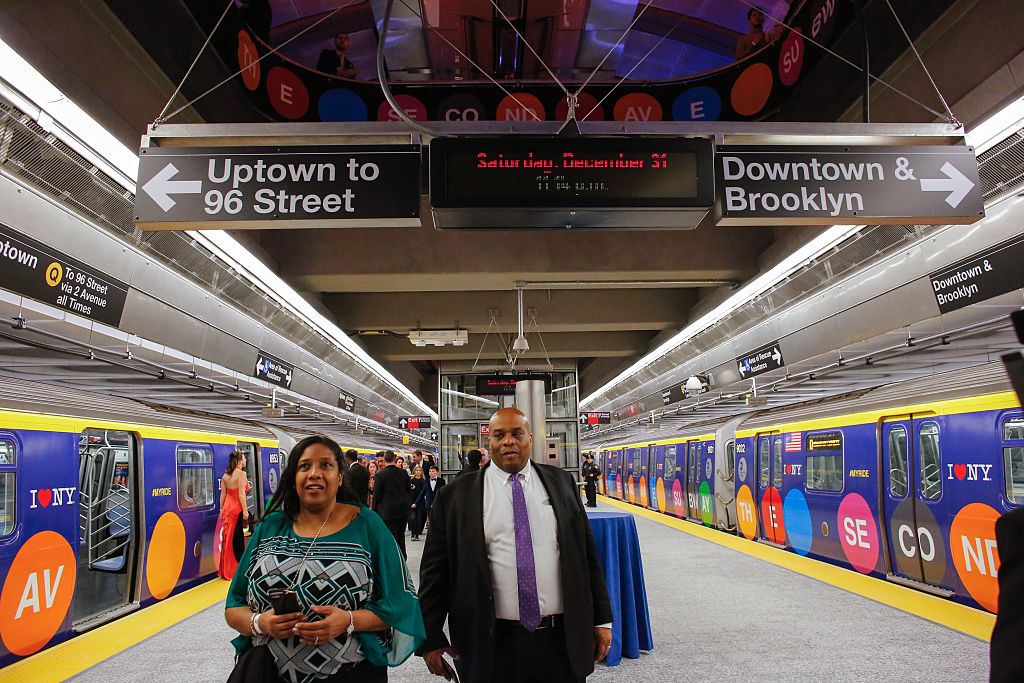

New York City first proposed building a subway line under 2nd Ave. on Manhattan's far East Side in 1929, a plan derailed by the stock market crash, and the city broke ground on the project in 1972 (for the first time), but the Second Avenue line remained mostly just on paper until tunneling began in earnest in 2007. On Sunday, the new line opened to the public, with the promise of eased congestion and lightened traffic on the 4, 5, and 6 trains. "I was very choked up," Betsy Morris, 70, told The New Times as she rode the first train to leave the 96th Street station. "How do you explain something that you never thought would happen?"
The new subway line, served by the Q train, is only three stops — 96th, 86th, and 72nd Streets — spanning nearly two miles, with a connection to an existing line at 68th Street. It cost $4.4 billion and is expected to carry some 200,000 passengers a day, with plans to extend the line north into East Harlem. The entire New York City subway system serves an average of 5.6 million riders a day, and with the three new stops, has 472 stations, the most of any subway in the world.
Subscribe to The Week
Escape your echo chamber. Get the facts behind the news, plus analysis from multiple perspectives.

Sign up for The Week's Free Newsletters
From our morning news briefing to a weekly Good News Newsletter, get the best of The Week delivered directly to your inbox.
From our morning news briefing to a weekly Good News Newsletter, get the best of The Week delivered directly to your inbox.
A free daily email with the biggest news stories of the day – and the best features from TheWeek.com
Peter has worked as a news and culture writer and editor at The Week since the site's launch in 2008. He covers politics, world affairs, religion and cultural currents. His journalism career began as a copy editor at a financial newswire and has included editorial positions at The New York Times Magazine, Facts on File, and Oregon State University.
-
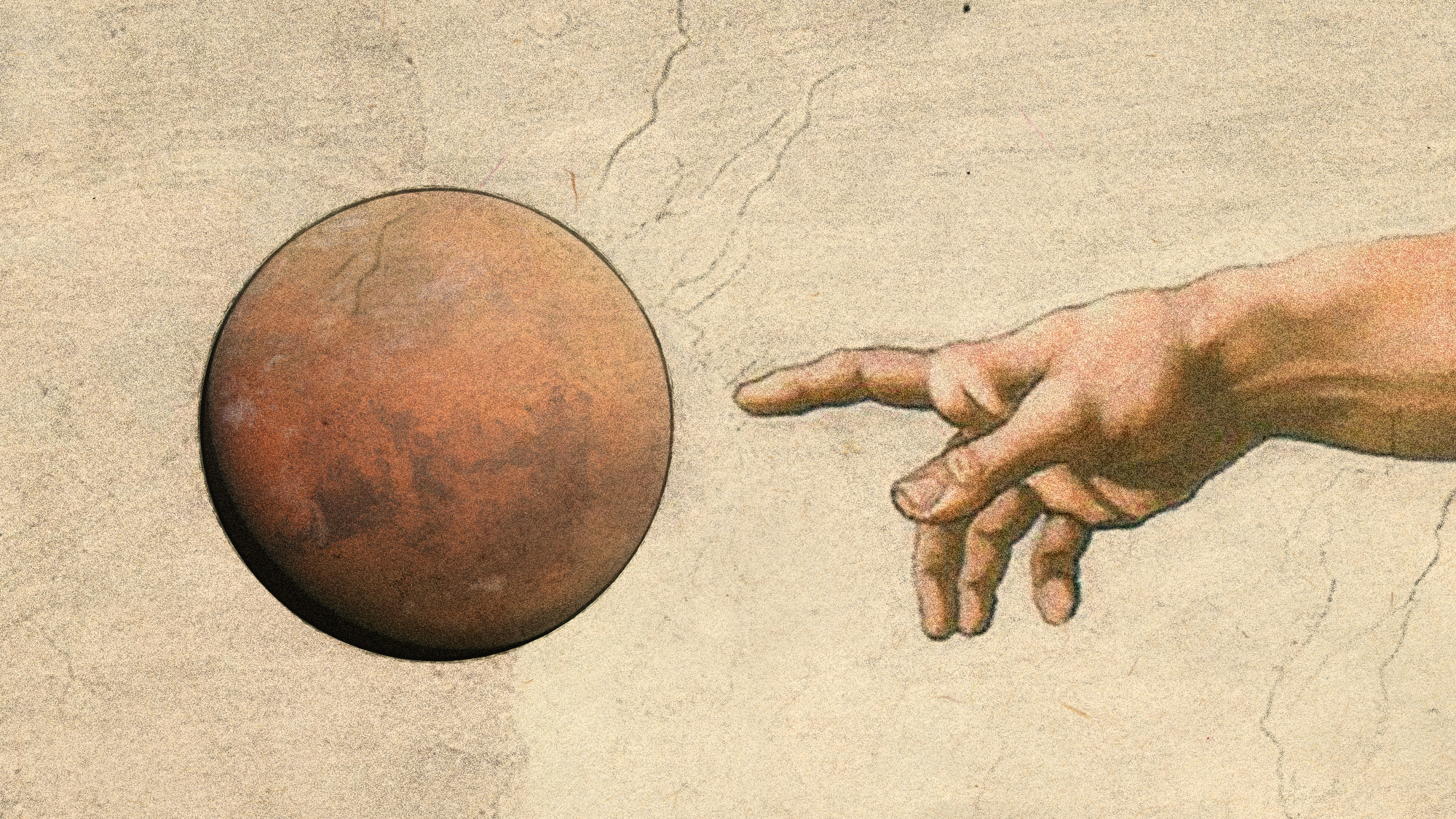 Answers to how life on Earth began could be stuck on Mars
Answers to how life on Earth began could be stuck on MarsUnder the Radar Donald Trump plans to scrap Nasa's Mars Sample Return mission – stranding test tubes on the Red Planet and ceding potentially valuable information to China
-
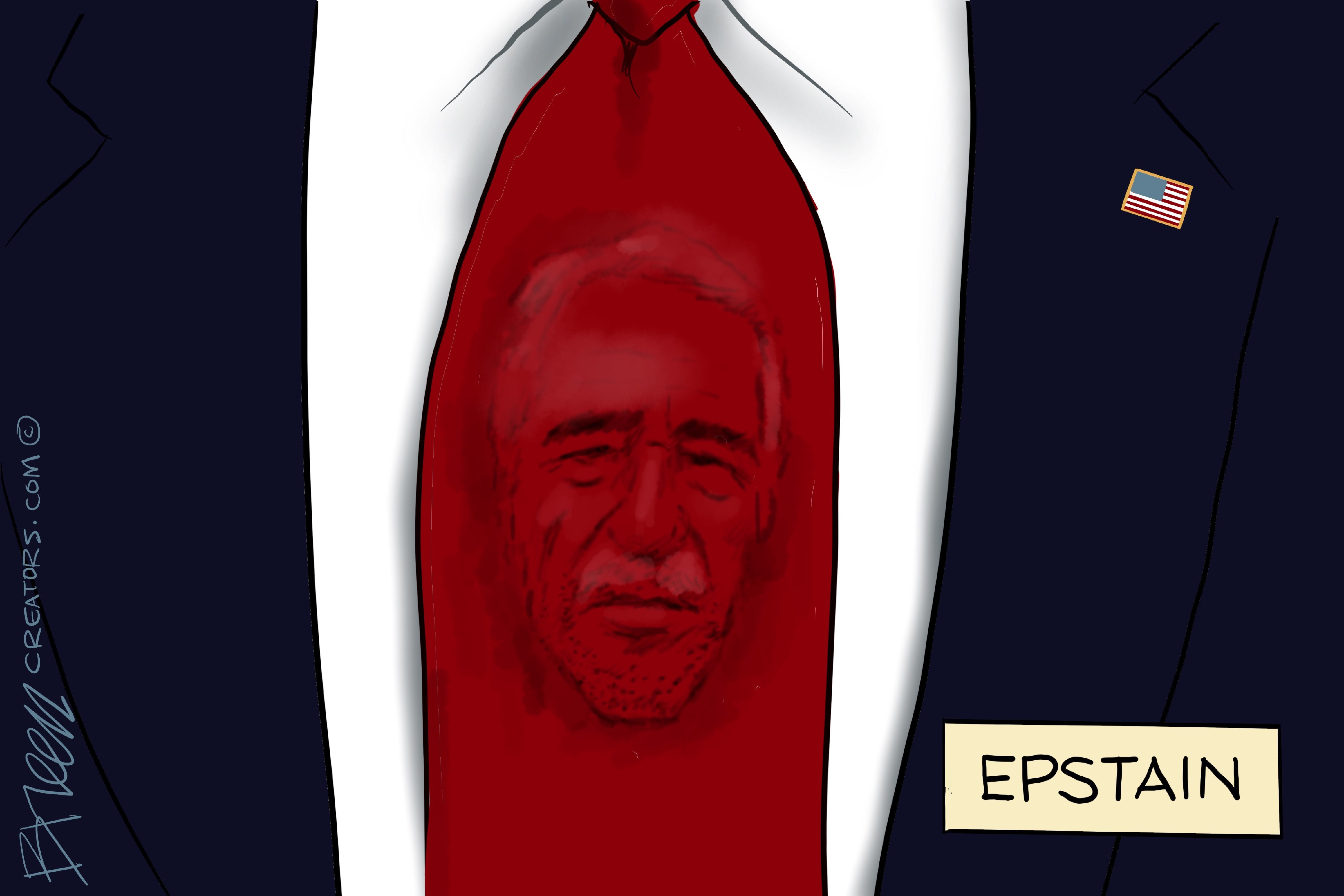 July 27 editorial cartoons
July 27 editorial cartoonsCartoons Today's political cartoons include tough stains, heatwaves, and vote-losing behaviour
-
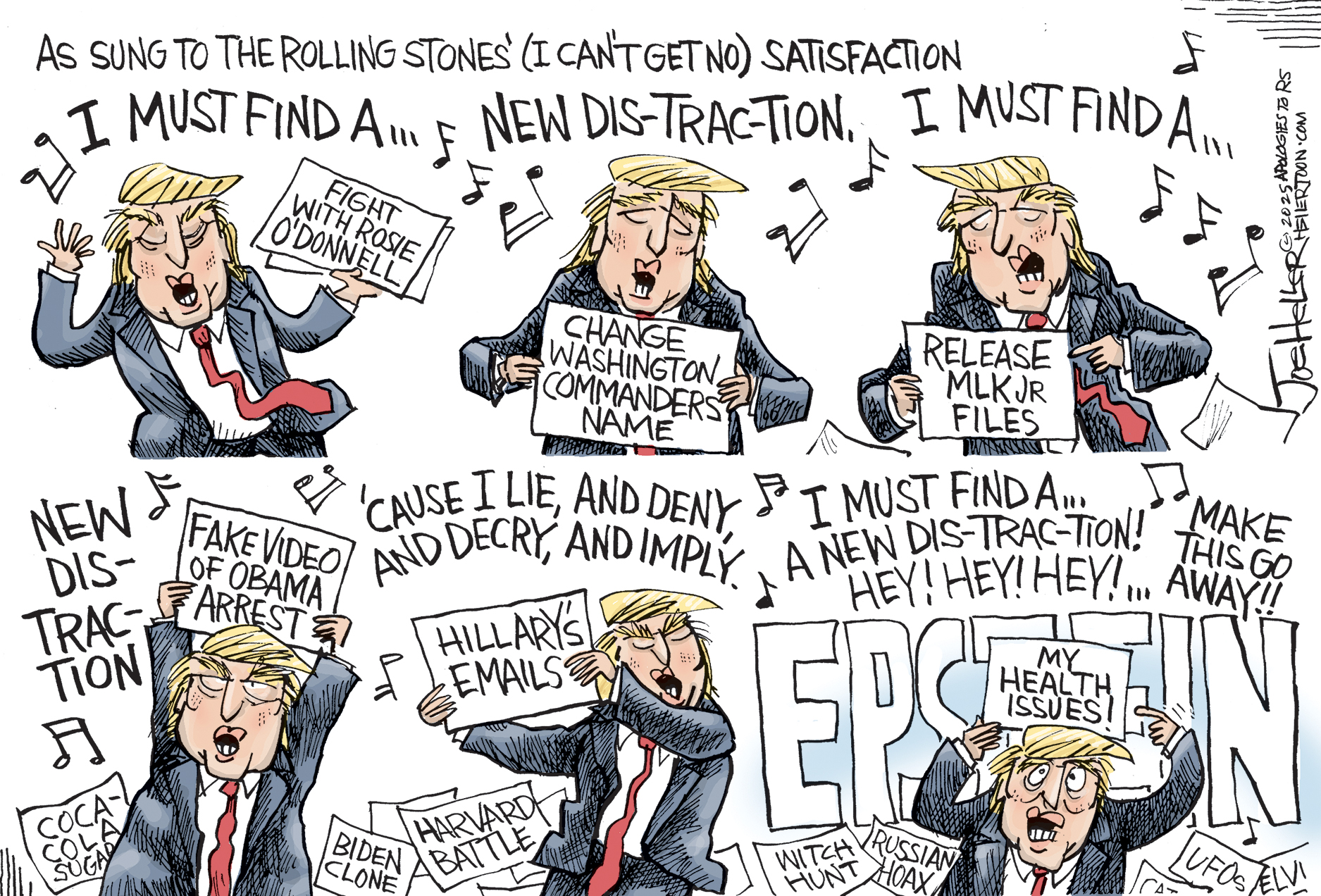 5 attention-grabbing cartoons about Trump's distraction tactics
5 attention-grabbing cartoons about Trump's distraction tacticsCartoons Artists take on a musical diversion, an NFL team by any other name, and more
-
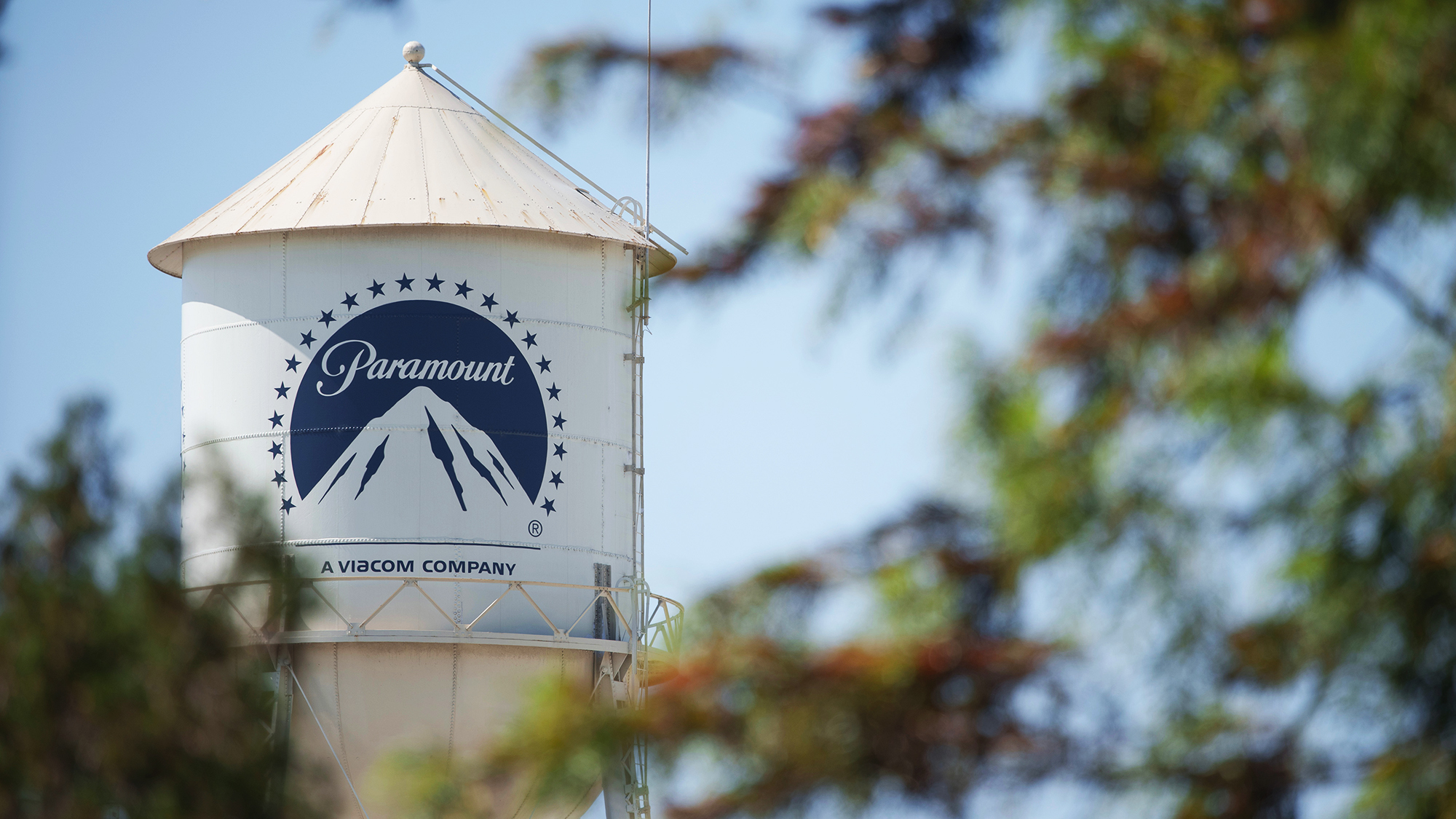 FCC greenlights $8B Paramount-Skydance merger
FCC greenlights $8B Paramount-Skydance mergerSpeed Read The Federal Communications Commission will allow Paramount to merge with the Hollywood studio Skydance
-
 Tesla reports plummeting profits
Tesla reports plummeting profitsSpeed Read The company may soon face more problems with the expiration of federal electric vehicle tax credits
-
 Dollar faces historic slump as stocks hit new high
Dollar faces historic slump as stocks hit new highSpeed Read While stocks have recovered post-Trump tariffs, the dollar has weakened more than 10% this year
-
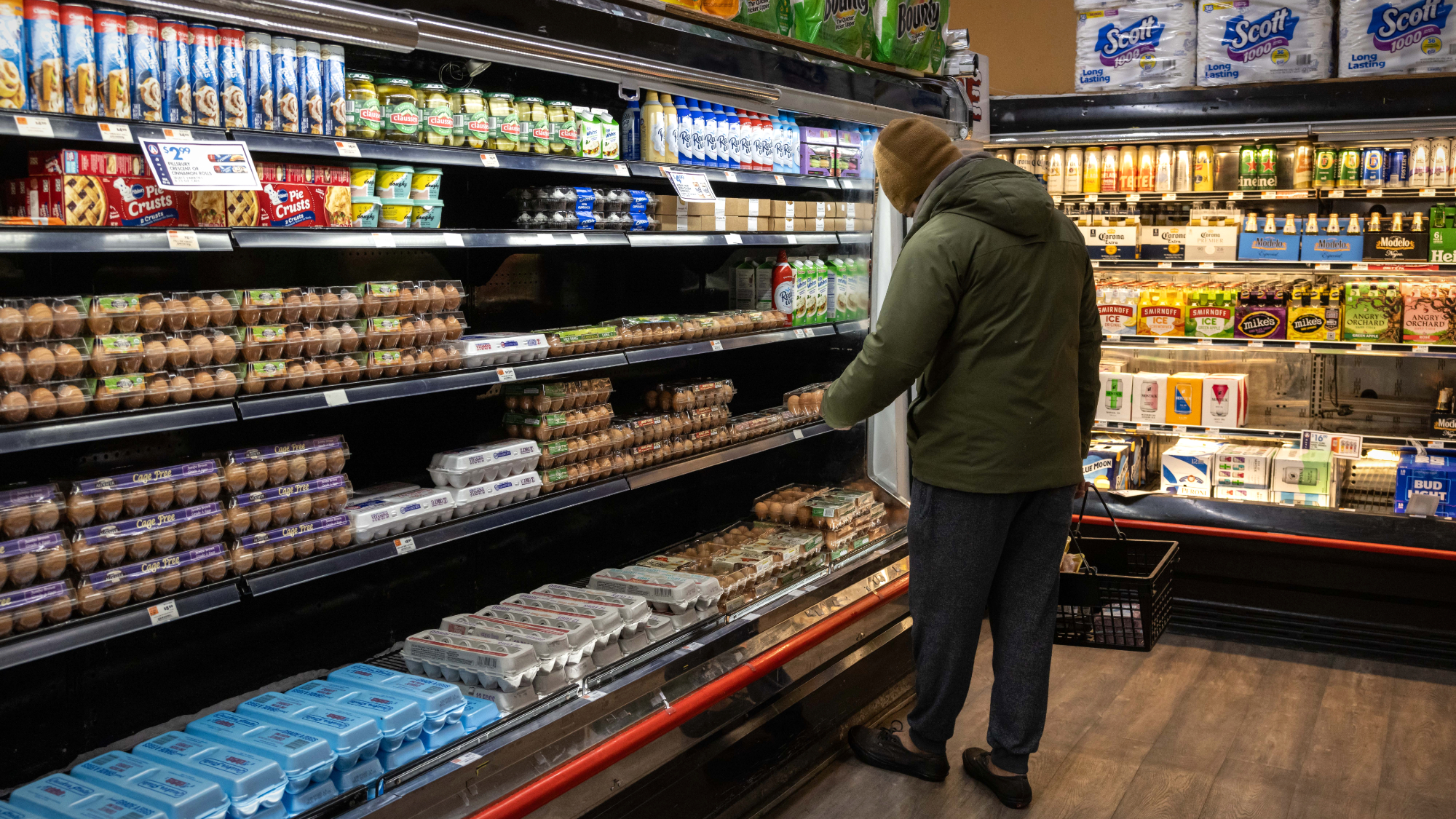 Economists fear US inflation data less reliable
Economists fear US inflation data less reliablespeed read The Labor Department is collecting less data for its consumer price index due to staffing shortages
-
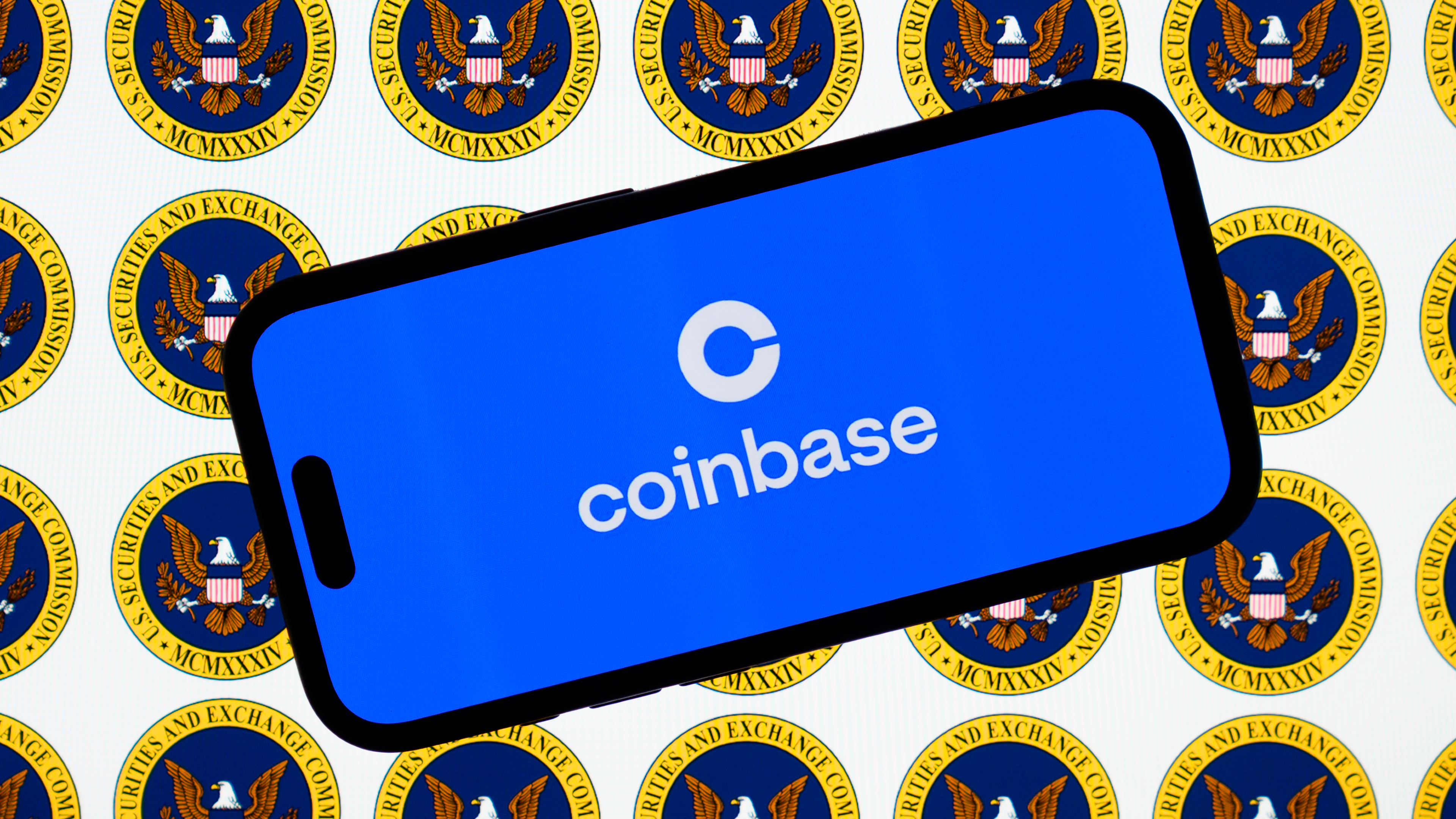 Crypto firm Coinbase hacked, faces SEC scrutiny
Crypto firm Coinbase hacked, faces SEC scrutinySpeed Read The Securities and Exchange Commission has also been investigating whether Coinbase misstated its user numbers in past disclosures
-
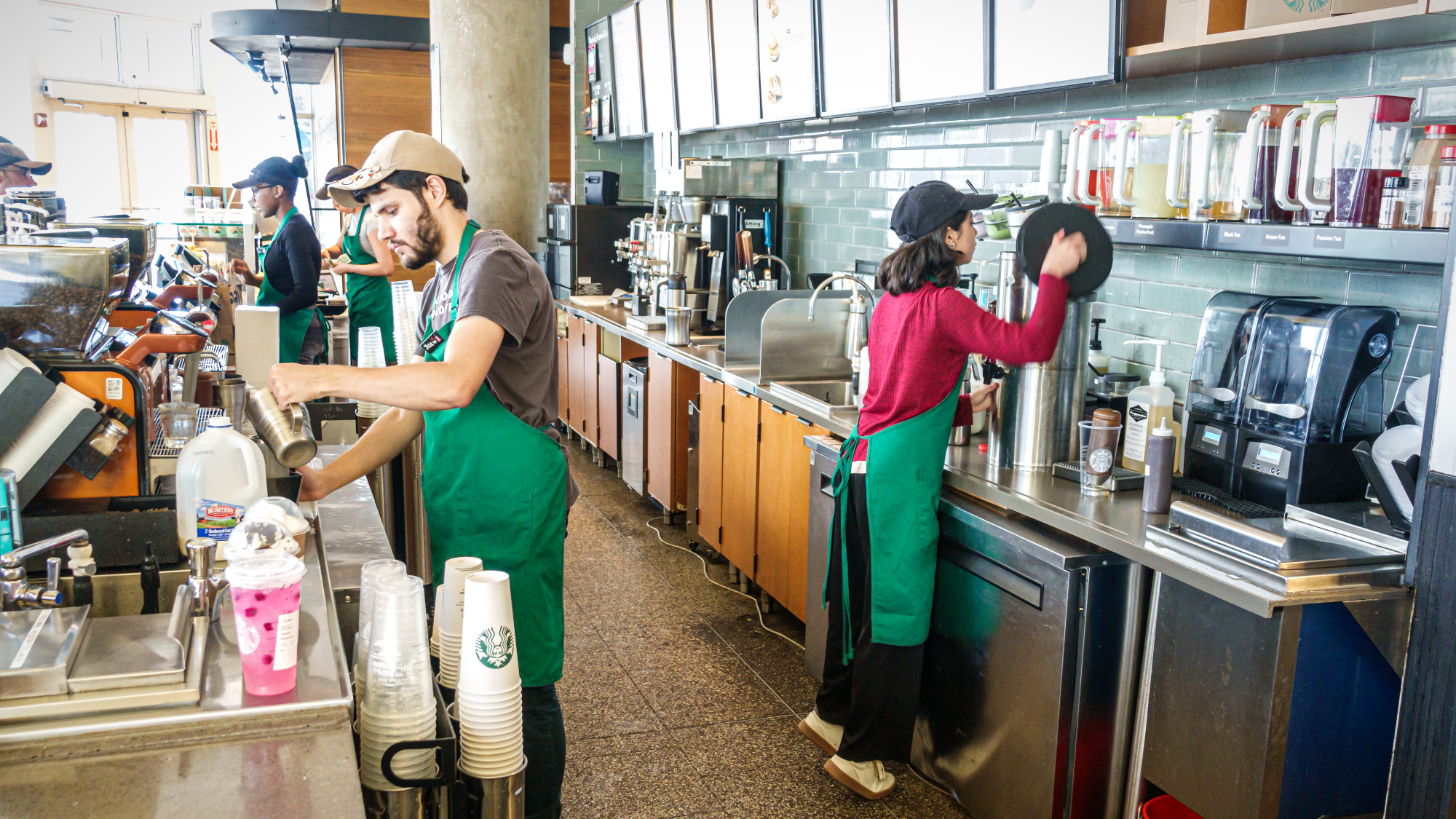 Starbucks baristas strike over dress code
Starbucks baristas strike over dress codespeed read The new uniform 'puts the burden on baristas' to buy new clothes, said a Starbucks Workers United union delegate
-
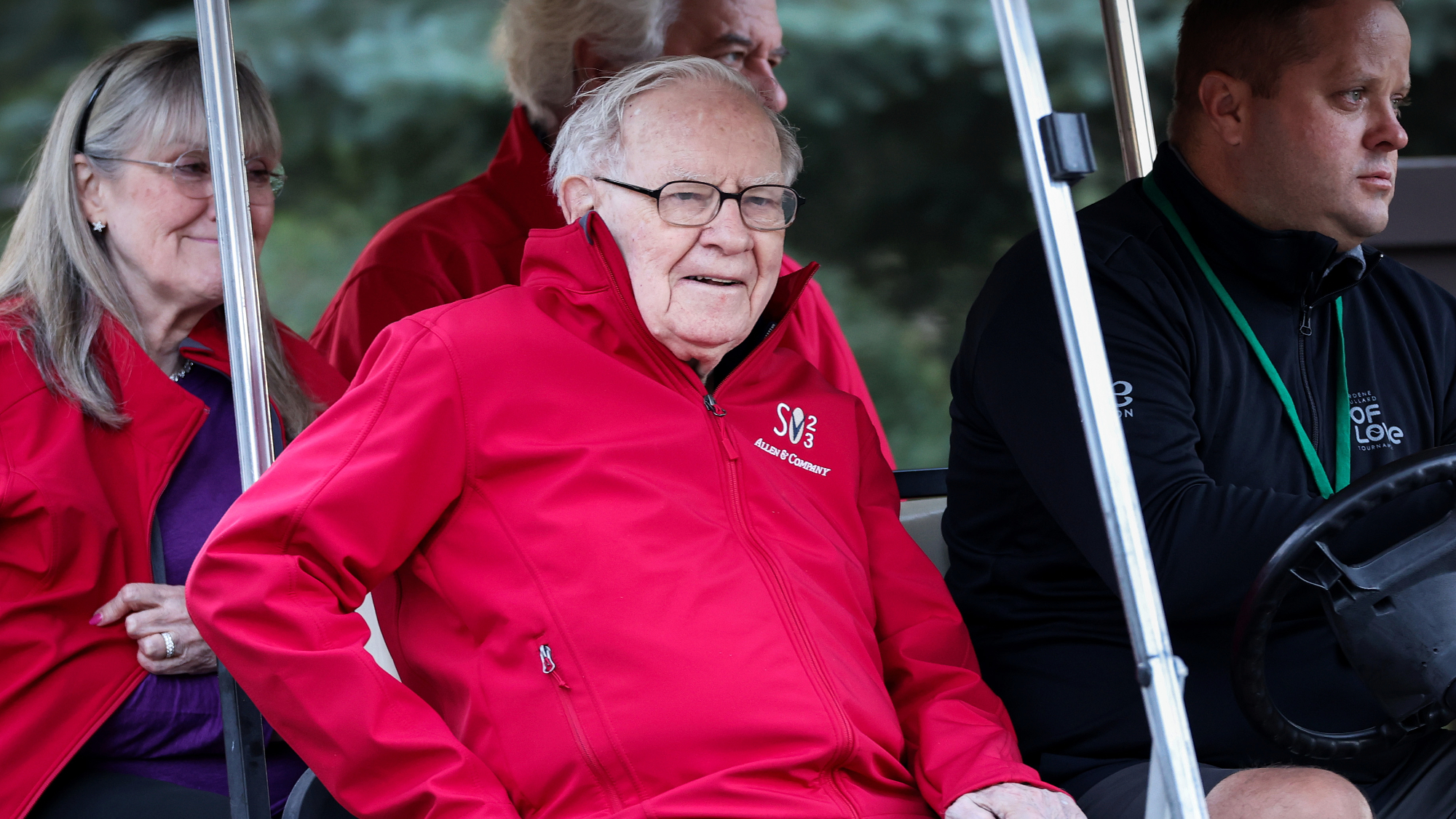 Warren Buffet announces surprise retirement
Warren Buffet announces surprise retirementspeed read At the annual meeting of Berkshire Hathaway, the billionaire investor named Vice Chairman Greg Abel his replacement
-
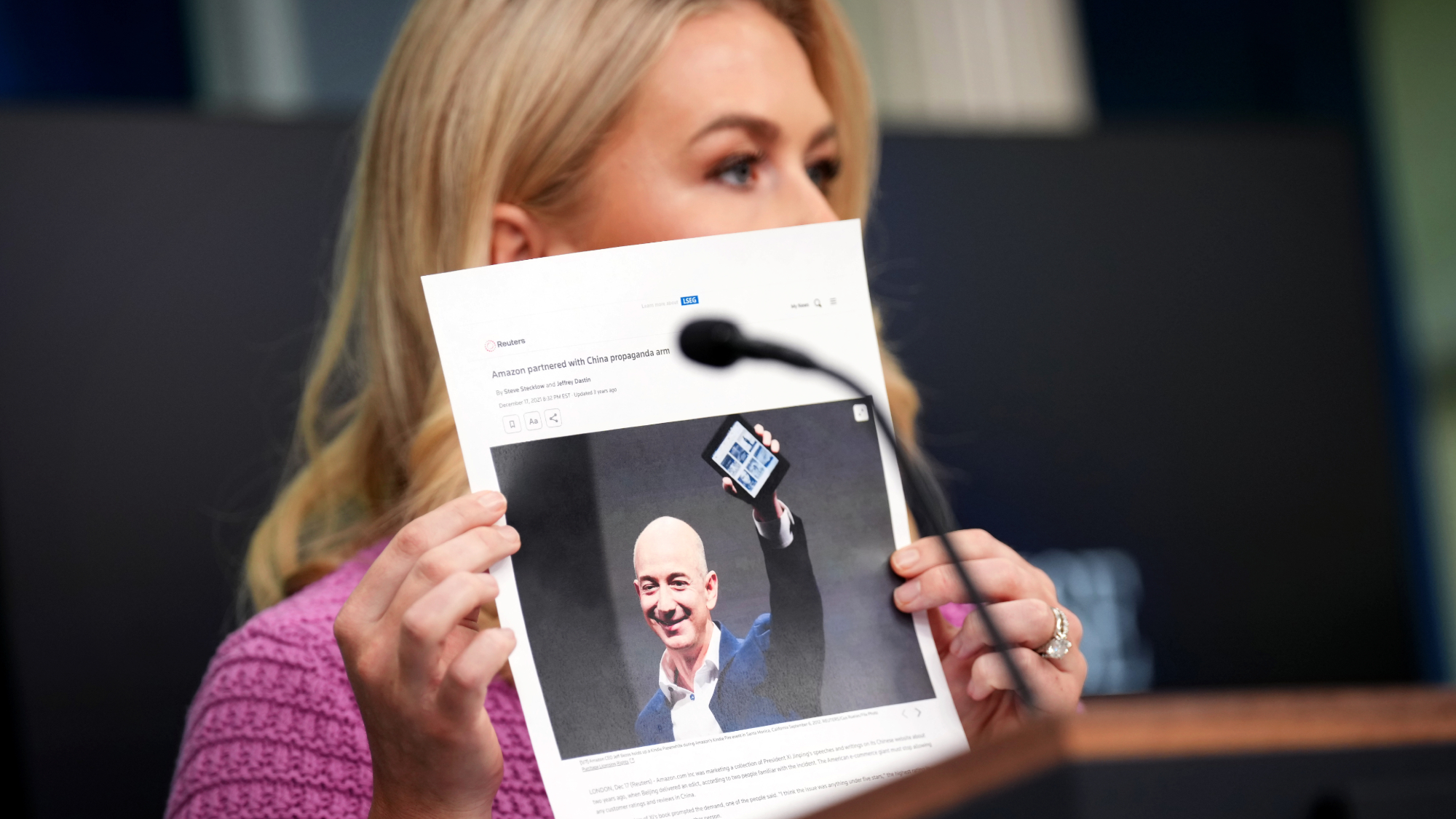 Trump calls Amazon's Bezos over tariff display
Trump calls Amazon's Bezos over tariff displaySpeed Read The president was not happy with reports that Amazon would list the added cost from tariffs alongside product prices
